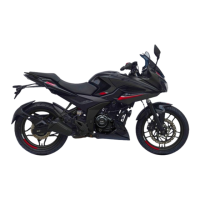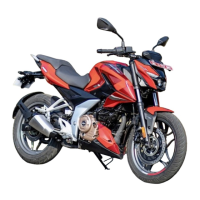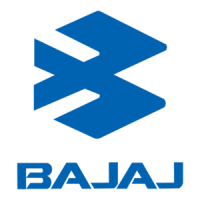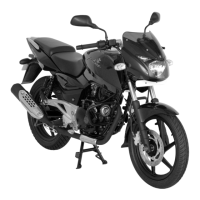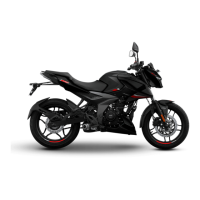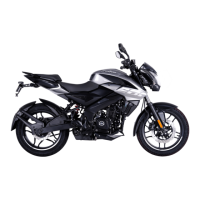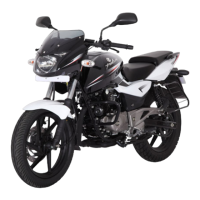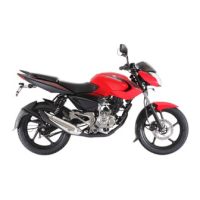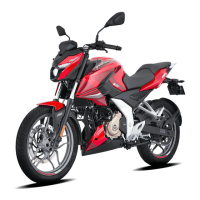
Do you have a question about the Bajaj pulsar F250 2022 and is the answer not in the manual?
| Displacement | 249.07 cc |
|---|---|
| Max Torque | 21.5 Nm @ 6500 rpm |
| Fuel System | Fuel Injection |
| Ground Clearance | 165 mm |
| Seat Height | 795 mm |
| Tail Lamp | LED |
| Speedometer | Digital |
| Odometer | Digital |
| Tachometer | Digital |
| Fuel Gauge | Digital |
| Max Power | 24.5 PS @ 8750 rpm |
| Starting | Electric Start |
| Transmission | 5-speed |
| Clutch | Wet multi-plate |
| Front Suspension | Telescopic fork |
| Rear Suspension | Mono Shock with Nitrox |
| Rear Brake | 230 mm disc |
| ABS | Single Channel ABS |
| Front Tyre | 100/80-17 |
| Rear Tyre | 130/70-17 |
| Fuel Tank Capacity | 14 L |
| Headlamp | LED |
| Tripmeter | Digital |
Safety measures for fire extinguishers and air tools.
Care of hand tools, waste oil disposal, and safety for hydro-electric lifts.
Procedures for disconnecting battery, handling parts, and cleaning before disassembly.
Guidelines for inspecting parts, using genuine replacements, and assembly order.
Proper sequence for tightening fasteners, torque application, and gasket/O-ring handling.
Essential checks before riding and guidelines for the initial running-in period.
Advice on saving fuel and proper bike handling, including downshifting speeds.
Procedures for storing the vehicle and maintaining the battery during non-use periods.
Key points for customers regarding regular checks, vehicle usage, and maintenance scheduling.
Detailed technical specs for engine, frame, and suspension systems.
Specifications for the braking system (ABS) and tyre sizes and pressures.
Physical dimensions, weight, and electrical system specifications.
Information on locating frame and engine serial numbers for identification.
Explanation of speedometer display elements like tachometer, indicators, and meters.
Details on DTE, Trip meters, and how to set speedometer functions.
Details on the single-channel ABS system and safety recommendations.
Explains the importance, methods, and promotion of preventive maintenance schedules.
Lists the benefits of various preventive maintenance activities for engine and electrical components.
Checklist for vehicle checks before starting.
Checks after starting and during test rides.
Tips for fitting battery terminals, mirrors, and leg guards during PDI.
